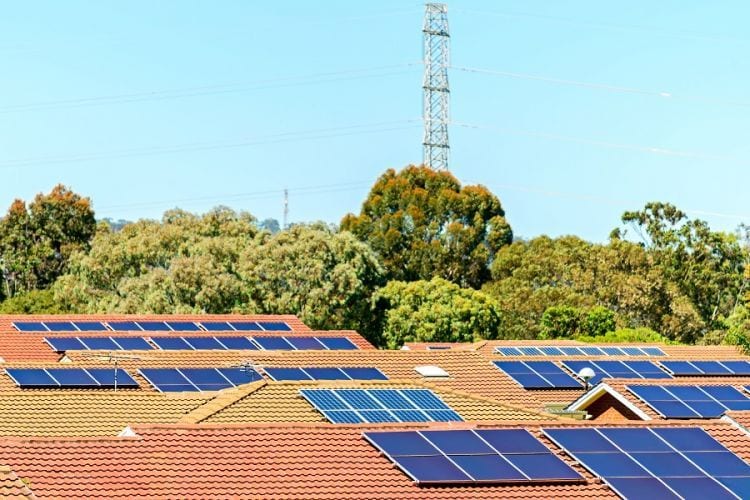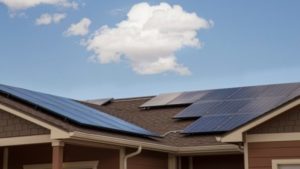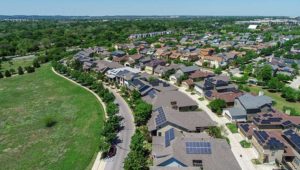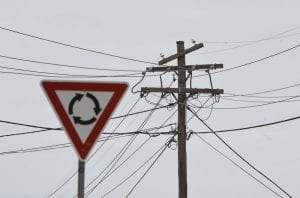The push for strict new inverter standards to control rooftop solar systems, battery storage devices and electric vehicle charging, has hit the ground running in 2021 after an update from Standards Australia was rushed through a week before Christmas in 2020.
The Australian Standard, AS/NZS 4777.2 Grid connection of energy systems via inverters, Part 2: Inverter requirements, was published by SA on December 18, after an accelerated industry consultation and development timeframe.
The updated standard will make it mandatory for all new inverters connecting to the National Electricity Market to have an undervoltage disturbance ride-through capability, which essentially ensures they can withstand network faults and not put grid reliability at risk through an uncontrolled shutdown.
Standards Australia has delivered the update less than 18 months after it was requested by the Australian Energy Market Operator, which is tantamount to light-speed in the world of electricity market reform. As AEMO put it in a statement welcoming the news, it’s a “significant achievement, given the complexity of the changes proposed.”
As RenewEconomy reported in early December, AS4777.2 was not expected to come into effect until the second half of 2021 – or roughly six months after a final rule was made, which was expected to happen in February.
AEMO says its publication roughly two months ahead of schedule has highlighted “the importance of collaboration across industry to respond to the fast-paced developments required by the energy industry through its current transition.”
“Our challenge is to facilitate and manage the transformation of the energy system, while continuing to deliver low-cost, secure and reliable energy for all Australians,” said the AEMO’s chief member services officer, Violette Mouchaileh.
“Industry standards as well as policy and regulatory frameworks must adapt to the changing needs of the electricity grid, to support a secure and reliable network that delivers affordable electricity to consumers,” she said.
But for the rooftop solar industry, the speed of the decision suggests huge – and much more controversial – changes ahead.
To read the original version of this story on RenewEconomy sister site One Step Off The Grid, please click here.










